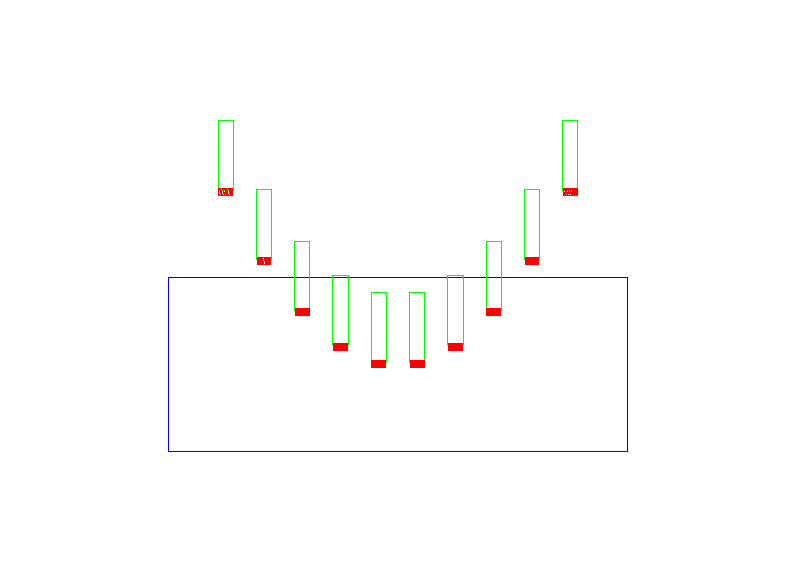 |
ROOT 6.10/09 Reference Guide |
 |
ROOT 6.10/09 Reference Guide |
Misaligning geometry generate in many cases overlaps, due to the idealization of the design and the fact that in real life movements of the geometry volumes have constraints and are correlated.
This typically generates inconsistent response of the navigation methods, leading to inefficiencies during tracking, errors in the material budget calculations, and so on. Among those, there are dangerous cases when the hidden volumes are sensitive. This macro demonstrates how to use the "parallel world" feature to assign highest navigation priority to some physical paths in geometry.

Definition in file parallel_world.C.